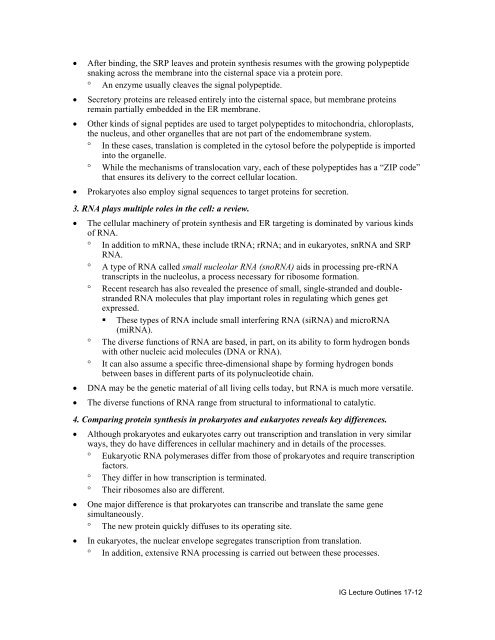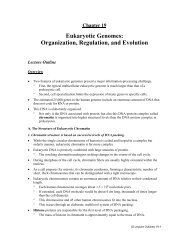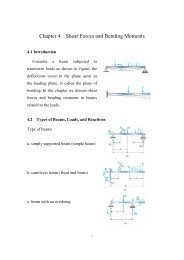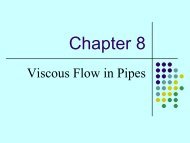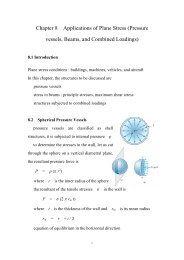CHAPTER 17 FROM GENE TO PROTEIN
CHAPTER 17 FROM GENE TO PROTEIN
CHAPTER 17 FROM GENE TO PROTEIN
- No tags were found...
You also want an ePaper? Increase the reach of your titles
YUMPU automatically turns print PDFs into web optimized ePapers that Google loves.
• After binding, the SRP leaves and protein synthesis resumes with the growing polypeptidesnaking across the membrane into the cisternal space via a protein pore.° An enzyme usually cleaves the signal polypeptide.• Secretory proteins are released entirely into the cisternal space, but membrane proteinsremain partially embedded in the ER membrane.• Other kinds of signal peptides are used to target polypeptides to mitochondria, chloroplasts,the nucleus, and other organelles that are not part of the endomembrane system.° In these cases, translation is completed in the cytosol before the polypeptide is importedinto the organelle.° While the mechanisms of translocation vary, each of these polypeptides has a “ZIP code”that ensures its delivery to the correct cellular location.• Prokaryotes also employ signal sequences to target proteins for secretion.3. RNA plays multiple roles in the cell: a review.• The cellular machinery of protein synthesis and ER targeting is dominated by various kindsof RNA.° In addition to mRNA, these include tRNA; rRNA; and in eukaryotes, snRNA and SRPRNA.° A type of RNA called small nucleolar RNA (snoRNA) aids in processing pre-rRNAtranscripts in the nucleolus, a process necessary for ribosome formation.° Recent research has also revealed the presence of small, single-stranded and doublestrandedRNA molecules that play important roles in regulating which genes getexpressed.• These types of RNA include small interfering RNA (siRNA) and microRNA(miRNA).° The diverse functions of RNA are based, in part, on its ability to form hydrogen bondswith other nucleic acid molecules (DNA or RNA).° It can also assume a specific three-dimensional shape by forming hydrogen bondsbetween bases in different parts of its polynucleotide chain.• DNA may be the genetic material of all living cells today, but RNA is much more versatile.• The diverse functions of RNA range from structural to informational to catalytic.4. Comparing protein synthesis in prokaryotes and eukaryotes reveals key differences.• Although prokaryotes and eukaryotes carry out transcription and translation in very similarways, they do have differences in cellular machinery and in details of the processes.° Eukaryotic RNA polymerases differ from those of prokaryotes and require transcriptionfactors.° They differ in how transcription is terminated.° Their ribosomes also are different.• One major difference is that prokaryotes can transcribe and translate the same genesimultaneously.° The new protein quickly diffuses to its operating site.• In eukaryotes, the nuclear envelope segregates transcription from translation.° In addition, extensive RNA processing is carried out between these processes.IG Lecture Outlines <strong>17</strong>-12


